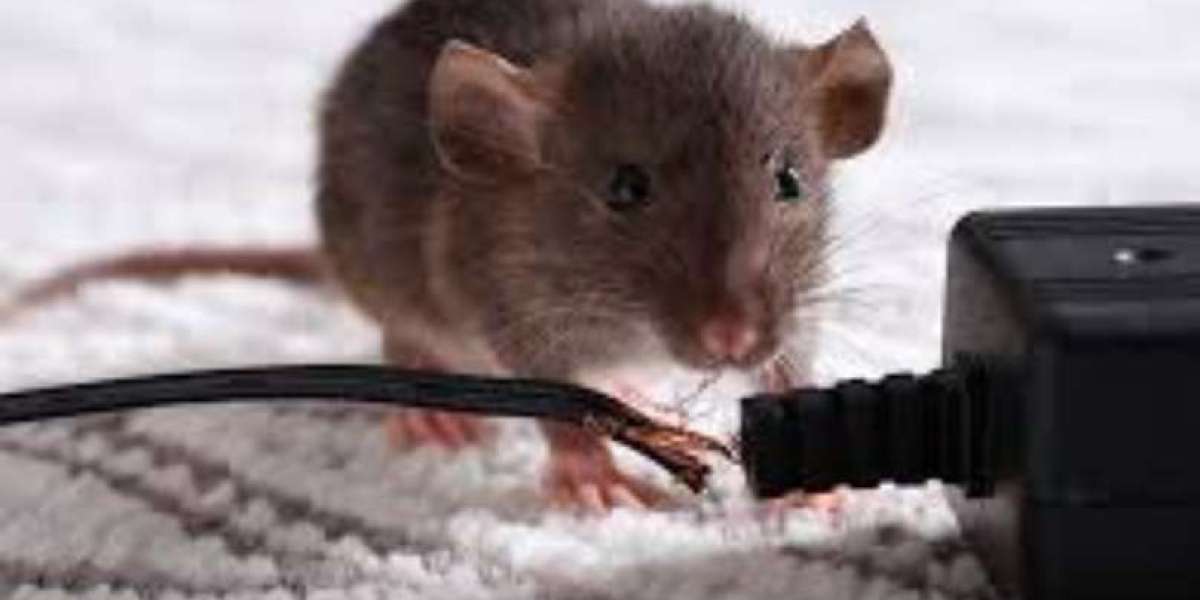Why Insect-Specific Treatments Are Important
Different insects present distinct challenges. For instance, ants infiltrate kitchens seeking food, mosquitoes spread dangerous diseases, and termites quietly destroy wooden structures. Treating all pests with generic methods often fails to eliminate the problem completely. Insect-specific treatments focus on the biology and behavior of each species, enabling targeted interventions that prevent recurrence and reduce health risks.
Common Insects That Require Specialized Treatments
Termites: Subterranean and drywood termites damage wooden structures silently. Specialized soil treatments, baits, and wood treatments are essential to eliminate colonies and prevent structural damage.
Mosquitoes: Disease-carrying mosquitoes require larvicide treatments in breeding grounds and fogging or barrier sprays to reduce adult populations. Prevention of standing water is also crucial.
Cockroaches: Cockroaches thrive in warm, damp environments and spread bacteria. Baits, gels, and insect growth regulators (IGRs) are used to target infestations effectively.
Bedbugs: Resistant and elusive, bedbugs hide in crevices, mattresses, and furniture. Heat treatments, targeted insecticides, and thorough inspections are necessary for eradication.
Ants: Food-attracted ants require baits and targeted perimeter treatments to eliminate colonies and reduce repeated invasions.
Flies: Flies contaminate food and surfaces. Effective control includes sanitation, traps, and insecticide applications.
Each species has unique feeding, nesting, and reproductive habits. Understanding these traits ensures the chosen treatment is both efficient and sustainable.
Methods of Insect-Specific Treatments
Insect-specific treatments combine inspection, identification, and targeted application:
Chemical Treatments: Formulated insecticides designed to act on specific species’ physiology. Examples include termiticides, larvicides for mosquitoes, and IGRs for cockroaches.
Mechanical and Physical Methods: Traps, heat treatments, and barriers designed for specific insects. Bedbug heat treatments and mosquito larval traps are common examples.
Biological Control: Introducing natural predators or pathogens that target particular insects without harming other wildlife. For example, certain nematodes can target termites.
Environmental Management: Adjusting the environment to reduce attractiveness to pests, such as eliminating standing water for mosquitoes or sealing entry points for ants.
Benefits of Insect-Specific Treatments
Precision: Treatments are tailored to species, improving effectiveness.
Safety: Targeted approaches reduce unnecessary chemical exposure to humans, pets, and the environment.
Cost-Effectiveness: By focusing on the source of infestations, repeated treatments are minimized.
Long-Term Results: Addressing species-specific behavior and breeding cycles prevents re-infestation.
Health Protection: Reduces the risk of disease transmission from mosquitoes, flies, and other insects.
The Role of Professional Expertise
Accurate identification and application are key to insect-specific treatments. Professionals use advanced tools, such as moisture meters, traps, and thermal cameras, to detect hidden infestations. They assess the severity, select appropriate treatment methods, and monitor results over time. DIY approaches often fail because improper treatment or misidentification can worsen the problem.
Conclusion
Insect-Specific Treatments are a critical component of modern pest management. By addressing the unique habits and biology of individual insect species, these treatments provide more effective, safe, and lasting solutions. Whether dealing with termites, mosquitoes, bedbugs, or ants, professional insect-specific control safeguards health, protects property, and ensures peace of mind. Effective pest control is no longer one-size-fits-all—it is precise, targeted, and results-driven.







